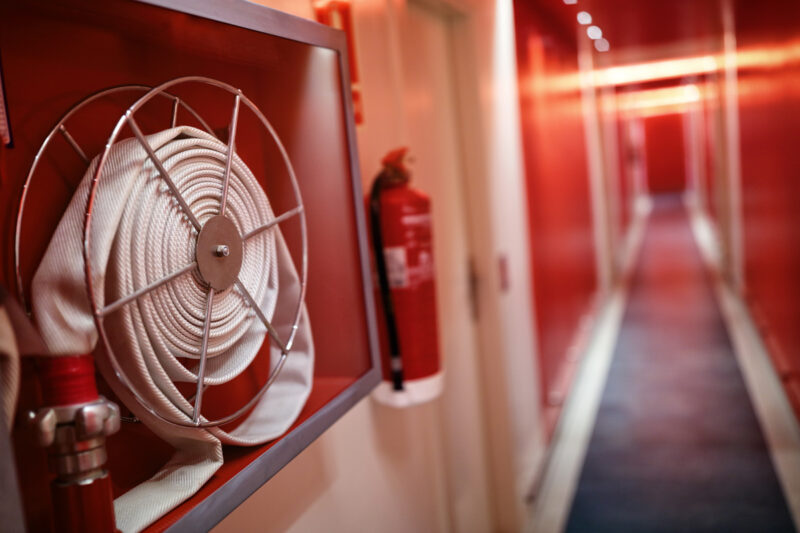In a world where safety is paramount, creating an effective fire safety plan for your business or home becomes not just a necessary precaution, but an essential responsibility. Fires can erupt without warning, and the consequences—devastating loss of property, injury, or even loss of life—can be catastrophic.
Yet, amidst the tension of this reality, there exists a roadmap that can guide you through the chaos: a well-thought-out fire safety plan. This comprehensive guide will walk you through the critical components of designing a plan tailored to your unique environment, ensuring that every person within your space knows exactly what to do in the event of an emergency.
From identifying potential hazards and implementing preventative measures to training your team and conducting drills, we’ll explore each facet of fire safety, empowering you to take proactive steps today for a safer tomorrow. Let’s dive into the vital aspects that will not only protect your physical structure but ultimately safeguard your most valuable asset—human life.
Assessing Your Space

Assessing your space is a crucial first step in developing a robust fire safety plan that effectively protects both your home and business. Begin by conducting a thorough walkthrough of the premises, pinpointing potential fire hazards—think flammable materials, outdated electrical systems, or even cluttered escape routes.
As you navigate each room, take note of high-risk areas and evaluate how fire could spread, bearing in mind factors such as ventilation and building layout. Additionally, consider the occupancy and daily activities: kitchens, workshops, and storage areas all carry unique risks that require tailored strategies.
Engaging employees or family members in this assessment not only fosters a collective sense of responsibility but might also unveil overlooked dangers. Once armed with this knowledge, you can begin to implement targeted fire prevention measures and establish clear evacuation protocols, paving the way for a safer environment.
Developing the Fire Safety Plan

Developing a robust fire safety plan is not merely a checklist; it’s a strategic framework that can mean the difference between chaos and calm during a crisis. Begin by assessing your space—identify potential hazards, such as flammable materials or outdated electrical systems, and map out escape routes that everyone can access easily. Involve your team or family members in this process; collaborative brainstorming often uncovers risks you might overlook.
Next, establish clear procedures for alerting occupants, whether through an alarm system or designated signals. Training is essential; conduct regular drills and educate everyone on the plan, ensuring they know how to respond swiftly and effectively.
Remember, a fire safety plan evolves—regularly revisit and revise it to incorporate new risks and changes in layout or personnel. Ultimately, the goal is to cultivate a culture of safety, where preparedness becomes second nature.
Conclusion

In conclusion, creating an effective fire safety plan for your business or home is a crucial step in safeguarding lives and property. By identifying potential fire hazards, developing a comprehensive evacuation strategy, and conducting regular training and drills, you ensure preparedness in the event of an emergency.
Additionally, seeking assistance from fire safety consulting can provide expert insights and tailored solutions that enhance your fire safety measures. Remember, proactive planning not only minimizes risks but also fosters a culture of safety.
Taking these steps will empower you to handle fire-related emergencies with confidence and protect what matters most.


